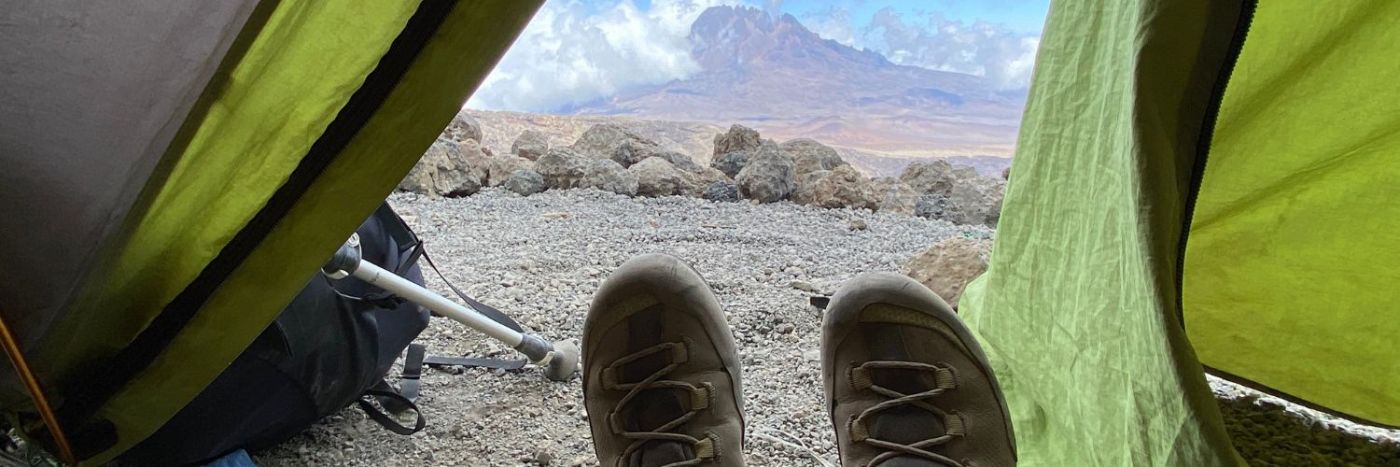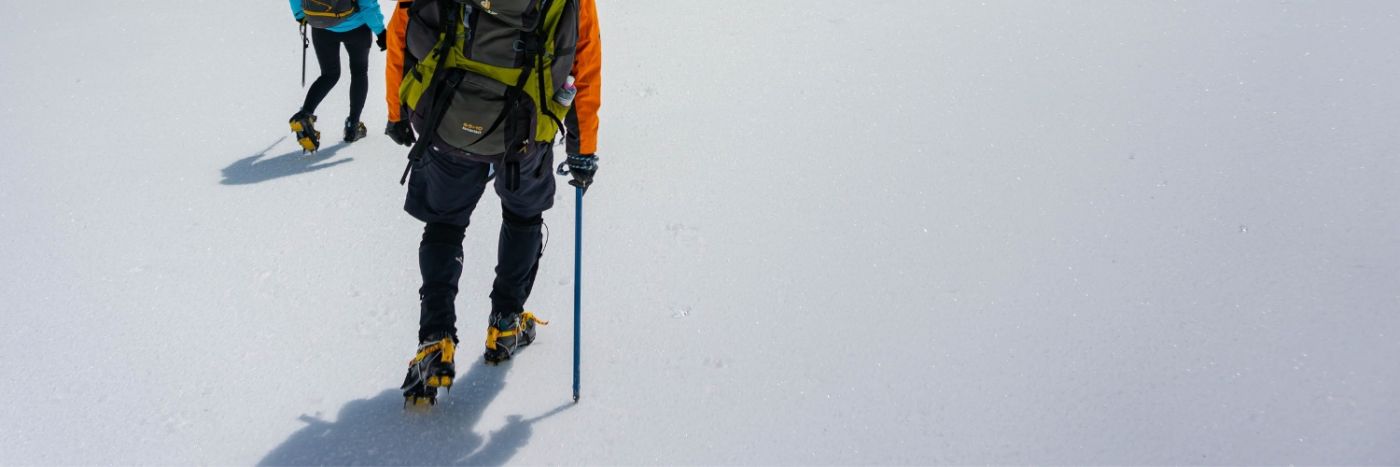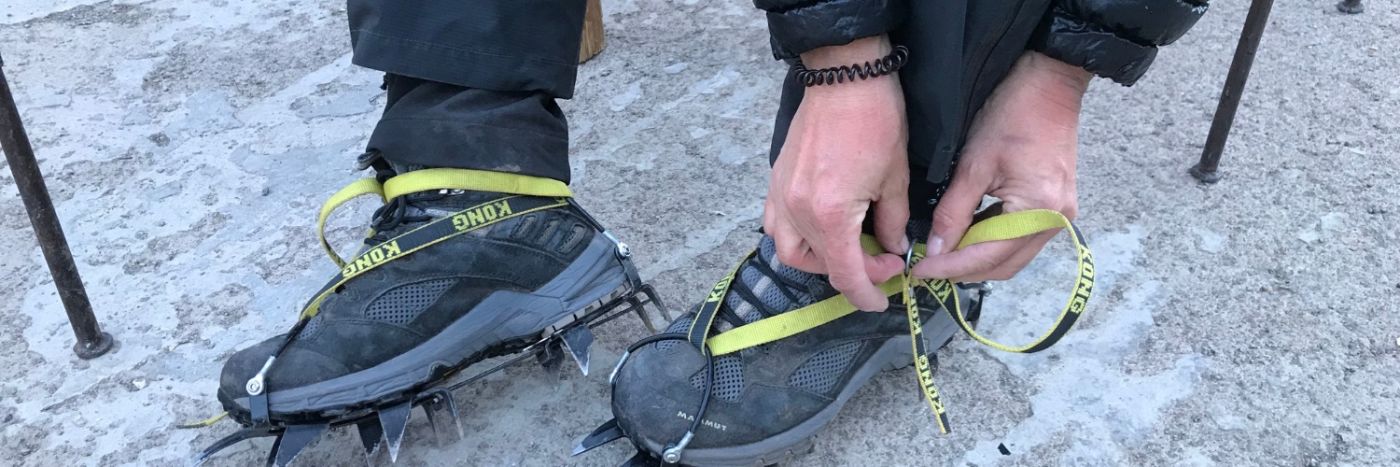Boots and Crampon Advice
Are you planning an adventure and wondering what boots would be most suitable?
Purchasing and packing the right kit is an essential part of adventure or expedition and using the wrong kit in extreme locations can have severe consequences, putting your safety at risk and jeopardising your journey. Each of our trips has both a respective Kit List and Top Tips which outline the most suitable footwear to use or invest in.
Icy or loose terrain, typical in alpine conditions, call for a specific type of footwear. If you need crampons, your boots need to be compatible. So – with a little boots and crampon advice from the Adventurous Ewe team – here’s our Boots and Crampon advice to make sure you make the right decisions where it counts.
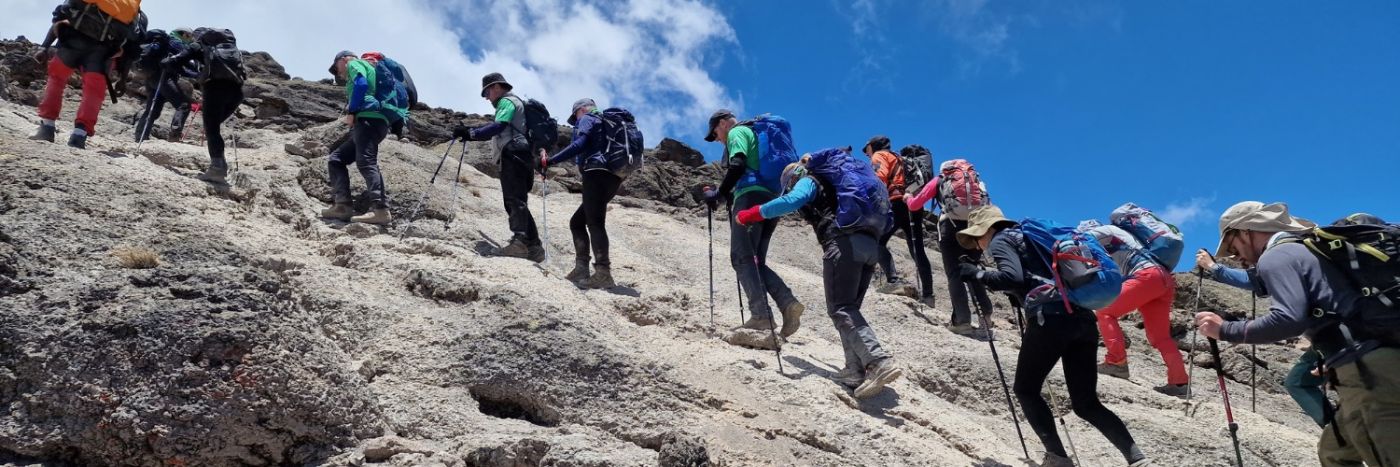
What is a mountaineering boot?
Fundamentally the main difference between crampon compatible mountaineering boots and ‘normal’ hiking boots is that crampon mountaineering boots have a stiff ‘shank’. This means they won’t flex and pop out of crampons, unlike ‘normal’ hiking boots which are easily bent as they connect with the terrain. Hiking boots will usually have minimal insulation compared with their mountaineering counterparts which are far warmer and more rugged in design.
What is the B rating?
Boots (and crampons) both come with a rating system from 0 to 3. This refers to the stiffness of the boot and crampon, different boots (and their compatible crampons) are designed for different uses.
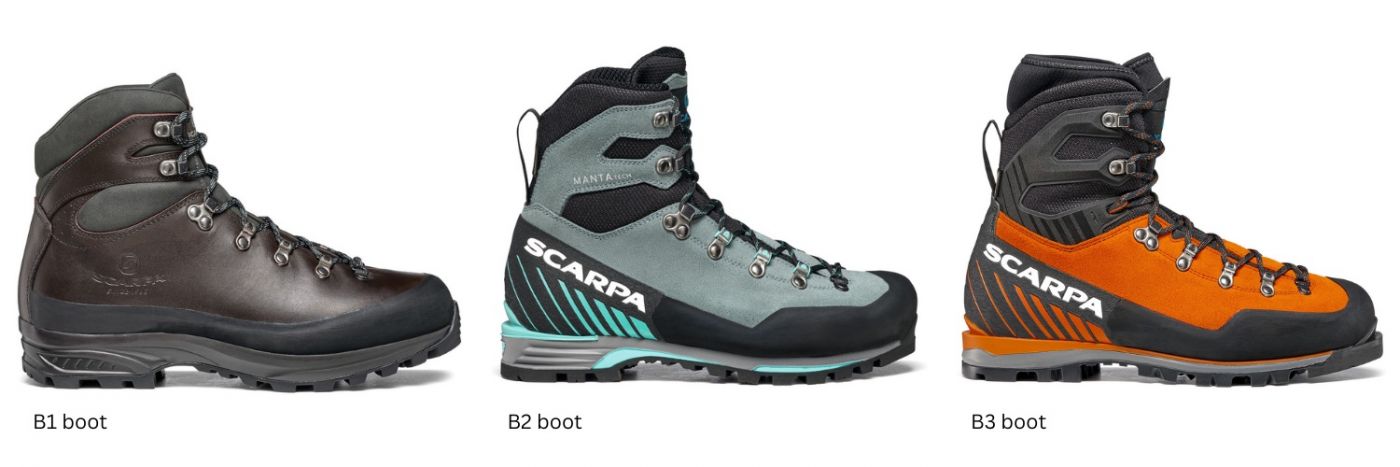
B0: Not suitable for Crampons
B0 boots are generally very flexible, will be comfortable out of the box and are designed for walking beneath the snowline. They are often referred to as ‘summer’ boots.
These boots will be your everyday walking boots and are not crampon compatible, if you are looking to try winter mountaineering which requires the use of crampons, you will need to upgrade to a more suitable boot.
Adventurous Ewe treks B0: Colombia & The Lost City, Costa Rica Coast to Coast, Camino de Santiago, Annapurna Nepal, Sahara Desert Morocco, Petra Jordan, Jurassic Coast, Welsh 3 Peaks, UK & Ireland 5 Peaks and National 3 Peaks.
Adventurous Ewe treks B0 – B1: Patagonia Argentia or Chile, Greenland, Triglav Slovenia, Kilimanjaro Tanzania, Caucasus Mountains Georgia, Iceland, Toubkal Summer, Everest Base Camp, Spanish 3 Peaks Summer, Welsh 15 Peaks and Lake District 15 Peaks.
B1: All-round four-season walking boots
B1 boots are stiffer 4 season boots designed for long winter walks, scrambling or mountaineering. These boots will be stiffer than your normal walking boots, however will still be flexible enough for long days in the hills.
These boots are only compatible with a C1 crampons only. Other crampons are too stiff and can cause damage to your boots, or even come loose.
Adventurous Ewe treks B1 or B2: Toubkal Winter, Spanish 3 Peaks Winter, K2 Base Camp Pakistan and Snowdonia (Eryri) Winter 7 Summits. Insulated B1 Winter Boots for the Kings Trail Arctic Circle and Iceland Snowshoe Expeditions.
B2: Boots for long days in snowy conditions
B2 boots are stiffer than their B1 counterparts and are designed for summer alpinism or Scottish winter mountaineering. These boots have stiffer midsoles and uppers, however are still flexible enough for walking. They tend to have thicker uppers and insulation making them warmer for more extreme conditions.
These boots are compatible with C1 or C2 crampons.
B3: Technical mountaineering boots
B3 boots are designed for full on mountaineering, mixed and ice climbing and year round Alpinism. They are the stiffest boots available providing excellent support. B3 boots are split into technical climbing and high altitude boots.
B3 boots are compatible with C3 and C2 crampons.

Buying mountaineering boots
Due to the reinforcements of the boot midsoles and uppers, crampon compatible boots may fit differently to a B0 boot. Depending on your expedition, you may also have to take into account the effects of altitude or temperature on the size and shape of your feet. For this reason, we strongly recommend visiting a specialist outdoor store where they can measure your feet and offer advice on the appropriate boot.
As a rule of thumb when wearing and trying on boots, it is advisable to wear two pairs of socks inside your boots, a thin pair and a thicker merino wool based pair which still allows some wiggle room. Cramped boots restrict circulation and can lead to you having cold feet. Cramped feet can also become painful and lead to toe damage when descending, potentially resulting in bruised or even loss of toe nails. When at altitude it’s also worth remembering that your feet will swell. Buying half a size to a full size bigger is recommended.
If you would prefer to hire boots, instead of purchasing them, we would still make sure you know the size and brand which is most suitable for your foot shape first. Feel free to speak to our friends at Expedition Kit Hire who are very familiar with our trips and experts in knowing what kit is suitable for your adventure. Don’t forget to pack a comprehensive blister kit just in case.
Which Crampons?
Crampons are designed to help you move easier over snow and ice. They are toothed devices, designed to fit over a pair of mountaineering boots.
There are a range of crampons for different uses, finding the right one for you will depend on what you are using them for and the terrain you will be tackling. Some crampons are rigid and some are more flexible, dependent on what classification of boots you are wearing.
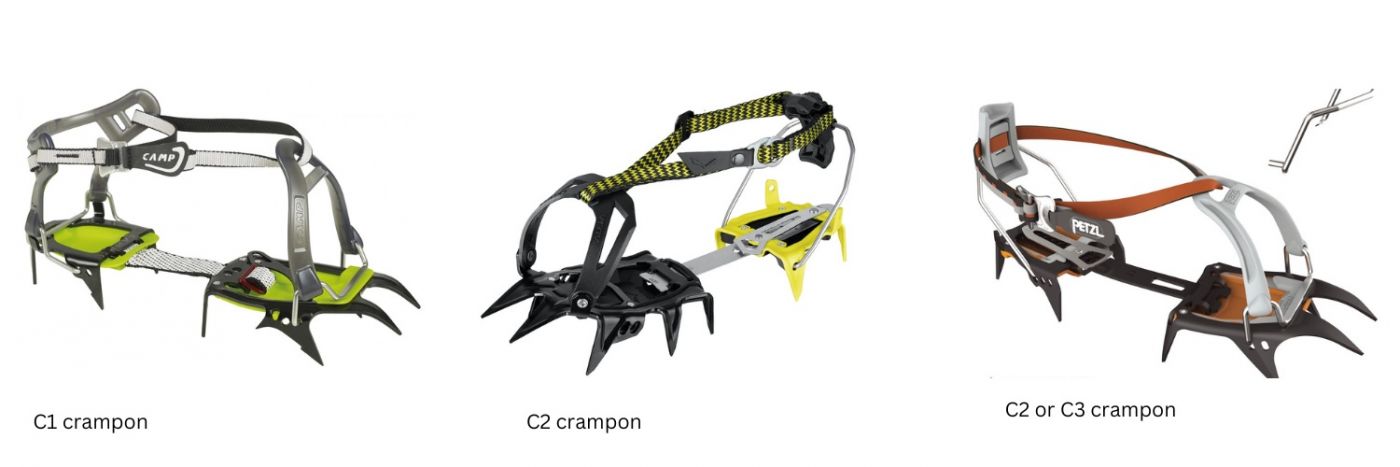
Crampon Ratings
Like the boot ratings crampon ratings relate to the stiffness of different crampons. With different crampons needed for different purposes.
C1 Crampons
C1 crampons are suitable for UK winter hill walking and glacier traverses. These crampons have the most amount of flex and are made up of a webbing tape tether that pulls flexible cradles around the heel and toe to create a secure binding.
C1 crampons are great for walking in winter conditions. Adventurous Ewe provides C1 crampons on our Snowdonia (Eryri) Winter 7 Summits and Mt Toubkal Winter & Spanish 3 Peaks Winter Treks.
C2 Crampons
C2 crampons are suitable for technical winter scrambles, winter climbing and alpinism. These crampons are semi flexible and use a plastic heel lever and a flexible toe cradle.
C2 crampons are great all-rounders that are easy enough to walk in but still can handle a tough climb.
C3 Crampons
C3 crampons are suitable for Ice climbing and technical mountaineering. These are the stiffest crampons available which tend to have a ‘step in’ system which combines a plastic heel lever and metal toe bar.
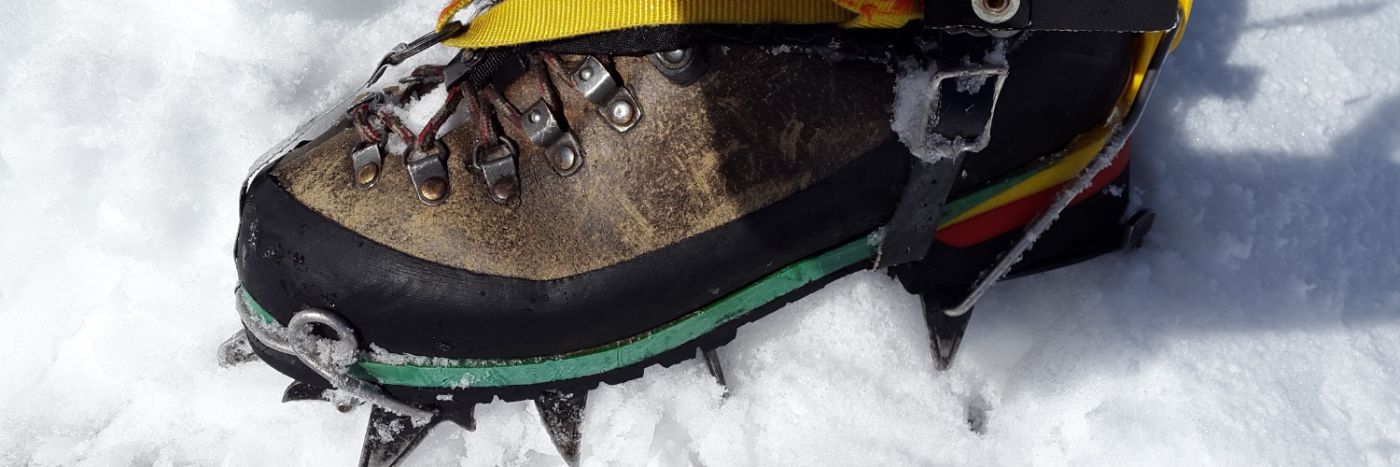
How do crampons & boots work together?
As boots are rated B1, B2 or B3, crampons have a rating system of C1, C2 or C3 which also refers to flexibility. As a rule, your boot rating should match or exceed the rating of your crampon. So:
B1 boot – Should only be used with C1 crampons.
B2 boot – Can be paired with C1 or C2 crampons.
B3 boot – Can be used with C1, C2 or C3 crampons.
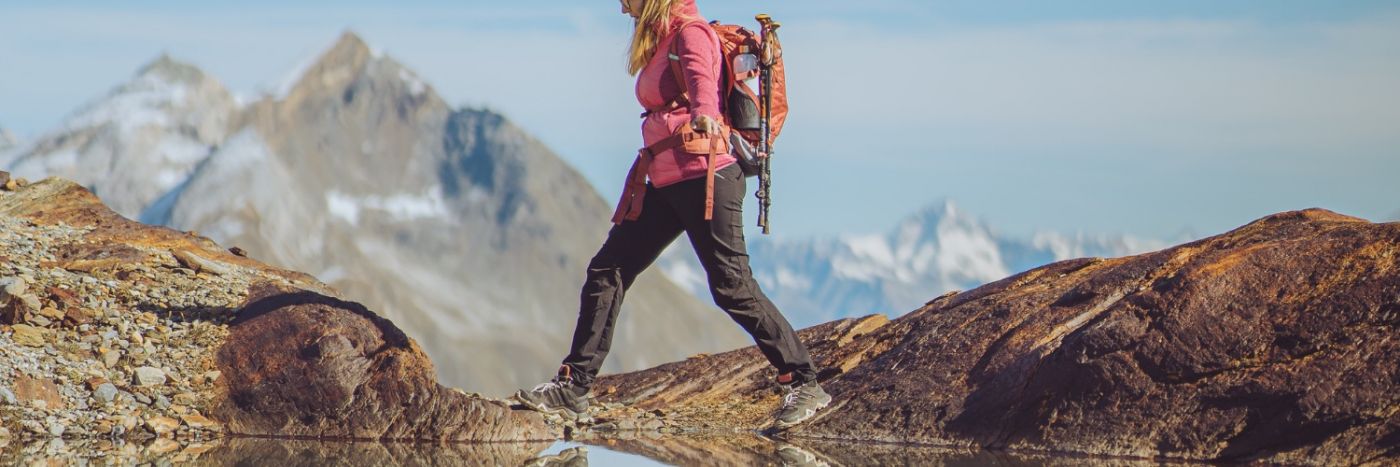
Check your kit list
Depending on the mountaineering expedition you’re taking part in, ensure you have read the kit list as provided in your Trip Notes to make sure you get the correct boots that are crampon compatible if necessary.
If you have any questions about kit for your upcoming adventure of would like any boots and crampon advice, please feel free to get in touch with Jim or Sue at Adventurous Ewe at info@adventurousewe.co.uk. The more you are prepared and have the right kit, the more you will enjoy your journey.
Jim, Sue & Moshi-dog
